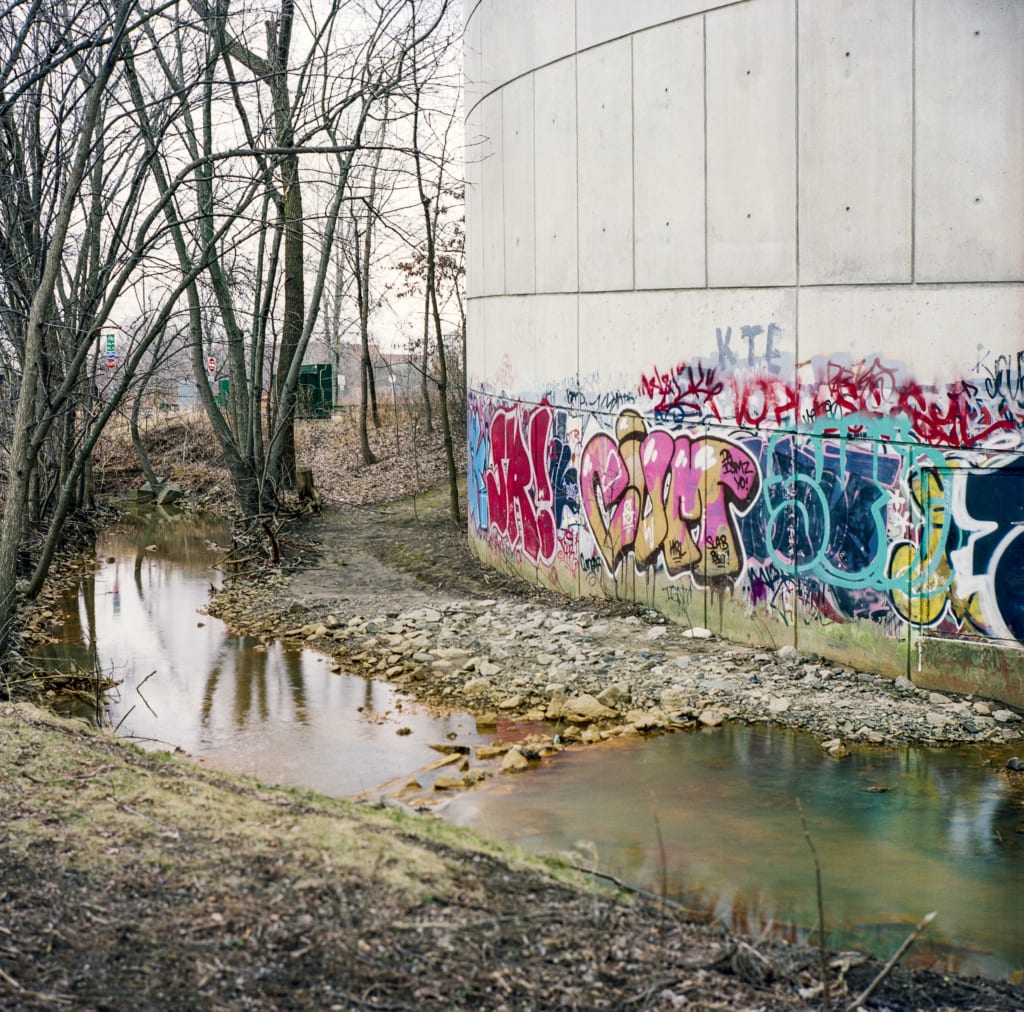We digitize a lot of medium and large format negatives, but they are usually part of a collection of old photo formats that have been collecting dust in an attic. Our average client would have no idea photographers still shoot with medium format film in the present day! Sometimes it’s easy to forget that even though we live in a digital world, there is something special about creating something from scratch or by hand. We asked Jeremy, our Project Manager of Design and Keepsake Projects, to tell us more about medium format film shooting in the modern era.
To shoot on film is to practice the ancient art of alchemy
The chemicals in film use an organic process unlike a digital sensor. This results in film having a more natural and imperfect, or grainy, look. The chemicals have a higher dynamic range than digital cameras meaning it can record more kinds of light producing greater detail in highlights and shadows. The silver halide crystals or ‘grains’ of a photograph are mysterious. They’re unable to be seen until they’ve been developed. I like to make images on medium format film because it captures more than just what the camera is pointing at.
When I want to remember a special moment I shoot with my digital camera because it’s quick and easy and I can get back to being in the moment. When I want to create a special moment, I shoot with film. It’s slower and makes you more involved with the subject. It becomes more of a collaboration.

The how and the why
Medium format film is about 2-3x larger than your standard 35mm film (and 5-6x larger than most DSLR’s) meaning that the image can be enlarged far more than most cameras and has greater color sensitivities. When you see a medium format image, the difference is obvious.
When I go out shooting I bring my:
- Bronica Zenza S2 medium format camera
- Tripod
- 120mm Film
- Light meter
It’s all very heavy and cumbersome but walking slowly makes me more mindful of my surroundings.
Making a picture on medium format film is a long process which makes me consider what I am looking at. When I take a picture I try different angles, move around, measure the light, think about what I want to emphasize, set my exposure, take a deep breath, and then…. release the shutter. The whole process can take up to 30 minutes and then just one/two-hundredths of a second to actually take the picture.
All of these steps make me more mindful of the world around me and of myself within it.

From medium format film to pictures
A large part of shooting film used to be getting it processed and printed. This takes a darkroom with lots of chemicals and large machines. Luckily we can avoid all of this by scanning the negatives after they’ve been developed. Scanning produces magnificent digital copies allowing these beautiful images to be shared effortlessly with friends and family.
Editing digital images is much easier than old C-Prints and a lot more can be accomplished. However large negatives offer more to work with than what most digital camera can provide. Scanning allows us to use digital tools on the highest quality material. It’s the best of both worlds.
Tips for Scanning Film:
- Always wear gloves when handling film
- Keep it out of sunlight or warm temperatures
- Keep in plastic sleeves or containers (film scratches easily)
- If you have lots of negatives, scan everything at a low resolution then go back and scan your favorites at a higher resolution
- Organize everything by date taken before scanning.
Medium format cameras used to be very popular and there are billions of negatives out in the world that might not be seen again. However with modern scanning technology we’re able to revive these timeless artifacts that remind us what an amazing world we live in.

